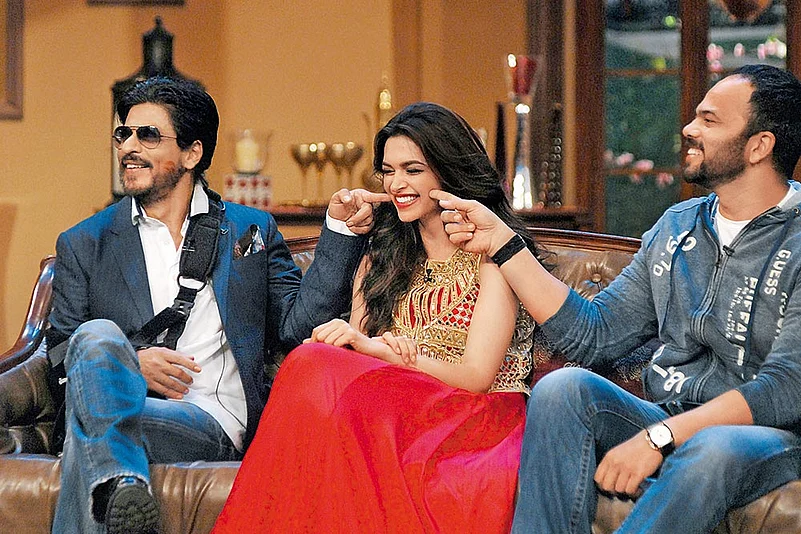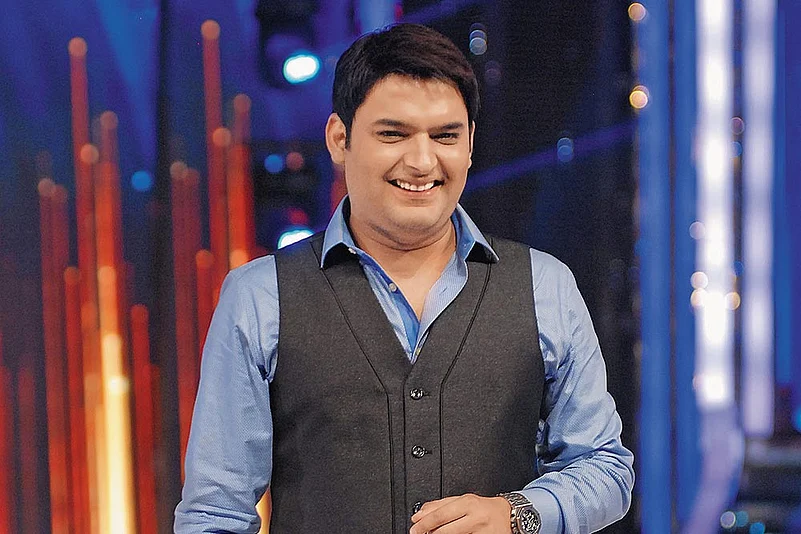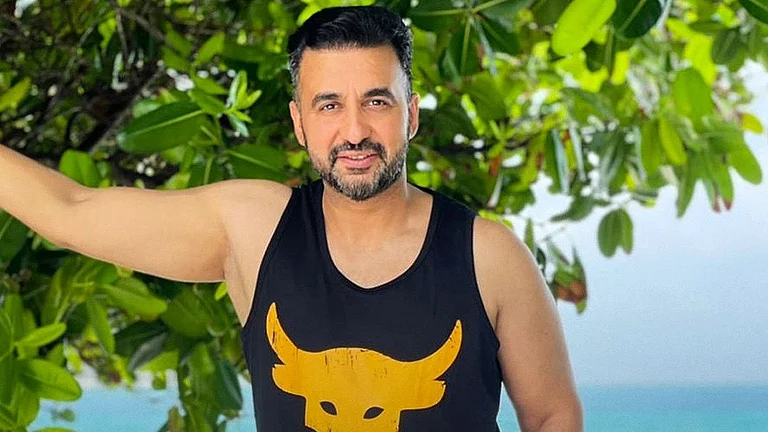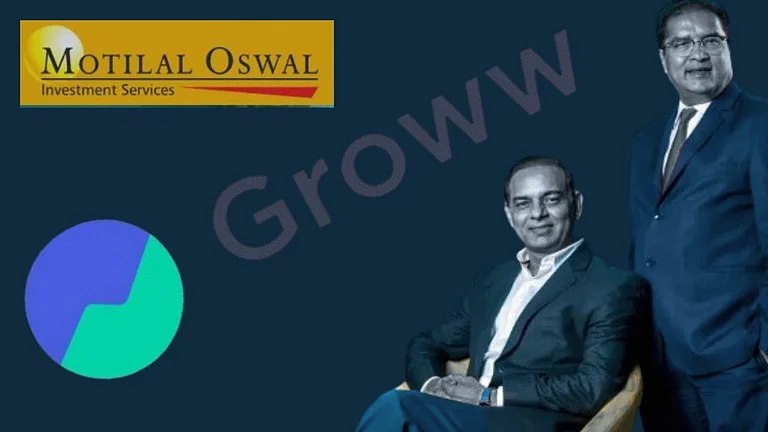Last month, Kapil Sharma, the host of popular comedy series The Kapil Sharma Show, announced that he and his team were moving to a “new house”, referring to the shift from television to over-the-top streaming platform Netflix with a new comedy show. Sharma’s eponymous show has played a pivotal role in giving him his popular identity as the king of comedy. On air since 2016, it has had a five-season run, with the last one wrapped up in June this year, winning several awards during the course.
Sharma is an “actor who loves to make people laugh”, reads the description on his Instagram profile. As a student of fine arts at Hindu College, Amritsar, he directed plays for pocket money and worked in a cloth mill. He wanted to be a singer but instead landed in the world of stand-up comedy. In 2006, he participated in Hasde Hasande Ravo, a Punjabi show which aired on MH One channel. A win in The Great Indian Laughter Challenge Season 3 in 2007, after initial rejection in the audition round, set the stage for greater heights.
The winning streak continued through six consecutive seasons of Comedy Circus on Sony Entertainment Television. Based on its study, a 2020 report by the Indian Institute of Human Brands rated him the most humorous person on television. He also hosted Comedy Nights with Kapil, a show produced under his banner K9 Productions and aired on Colors channel. It had appearances by celebrity guests and a liberal dose of desi humour and was an instant hit with the viewers. The last episode of the show aired on January 24, 2016.
The Kapil Sharma Show followed in 2016. The format included a comic skit by residents of a fictional society and interaction with celebrities. His work helped Sharma break into the Forbes India’s Celebrity 100 list in 2012 with the 96th rank. By 2016, he had made his way to the 11th rank.

The popularity of Kapil Sharma’s shows over the years has ensured that stars, even the who’s who of Bollywood, make it a point to promote their films on these shows. Hardly any major name is missing from Sharma’s list of guests so far
The Next-Door Boy
At the core of Sharma’s brand of humour was his ability to connect with the ordinary. His image was that of the boy next door. He showcased how ordinariness can be a remarkable thing, whether in life or in humour. His connection with the audience clicked because he convinced them that he was one of them. Not knowing about high-end brands or not being a suave English-speaking man was acceptable, funny, relatable and endearing at the same time. The ordinary was to be celebrated and the extraordinary was to be engaged with, not always with reverence but also with some good old humour.
“The reason The Kapil Sharma Show has clicked with the audience is because people want to laugh and watch something that is easy to understand and appreciate without deliberating too much on it. Kapil makes it easy to understand a certain joke or situation on the sitcom with the costumes, names and mannerisms and even the tones or regional accents of the characters. This clicks with most Indian viewers as they find it engaging,” says Sana Makbul Khan, a TV actress and model. Making others laugh is not easy but Sharma makes it appear effortless, she adds.
Courting Controversy
There were reports of Sharma’s unprofessionalism on the sets of The Kapil Sharma Show as also a spat between him and his co-star Sunil Grover. His reputation also got affected following reports of alcoholism, mid-flight altercation with co-star and failure to meet professional appointments, coupled with a perception of self-assumed importance. In a 2018 blog, Sandeep Goyal, former group CEO of Zee Telefilms, compared him with actor and host Shekhar Suman whose successful show Movers and Shakers was taken off air after a fallout with Sony TV. His next show Simply Shekhar failed to impress the audiences. Goyal remarked that Sharma was following the same script “frame by frame”.
Things started improving after The Kapil Sharma Show came back with a second season in 2018. The Broadcast Audience Research Council of India reported that it was among the top five shows in the first week of 2019. Since then, it has been doing well.
When Sharma was being written off, he opened up to share his stories of vulnerabilities and follies publicly. Sharing stories of vulnerabilities, identifying anxiety and performance pressure as reasons for alcoholism, seeking help for mental health and talking about value of family and friends, all added up to Sharma’s narrative of resilience. Actor Karan Sigh Chabbra, who hosts international celebrities in his talk show says, “Kapil bhai rarely lets anyone else host his own show. But when I had visited his show to promote my movie Chatrapathi with Bhagyashree, Sai Shreenivas and Nushrratt Bharucha, his elder brotherly feelings spilled over. He said that he had heard I was a good emcee and asked me to host his show, which I did for 10 to 15 minutes. This trait of down-to-earth humility with comedy has made him and his show so popular.”
Brand Kapil Sharma
Sharma is a natural; he is credible and earnest. His appeal is desi but powerful nevertheless. He has garnered credibility and popularity and is seen as an attractive celebrity to collaborate with more so because of his renewed popularity and wider impact. He has created his unique style. He is not just a stand-up comedian but hosts stage shows, conducts interviews, collaborates with singers and acts in films. He has been able to groom himself as an artiste. He has been seen in films as well. His last release on Netflix, in January 2022, goes by the title Kapil Sharma: I’m Not Done Yet. A biopic on him, Funkaar, is set to release soon.
Sharma is a showman who has confessed to his flaws and now knows, better than ever, that he must not miscalculate. After all, there is a lot at stake. The version 2.0 of Kapil Sharma appears to be in better control of his power.
—Input by Vinita Bhatia






























